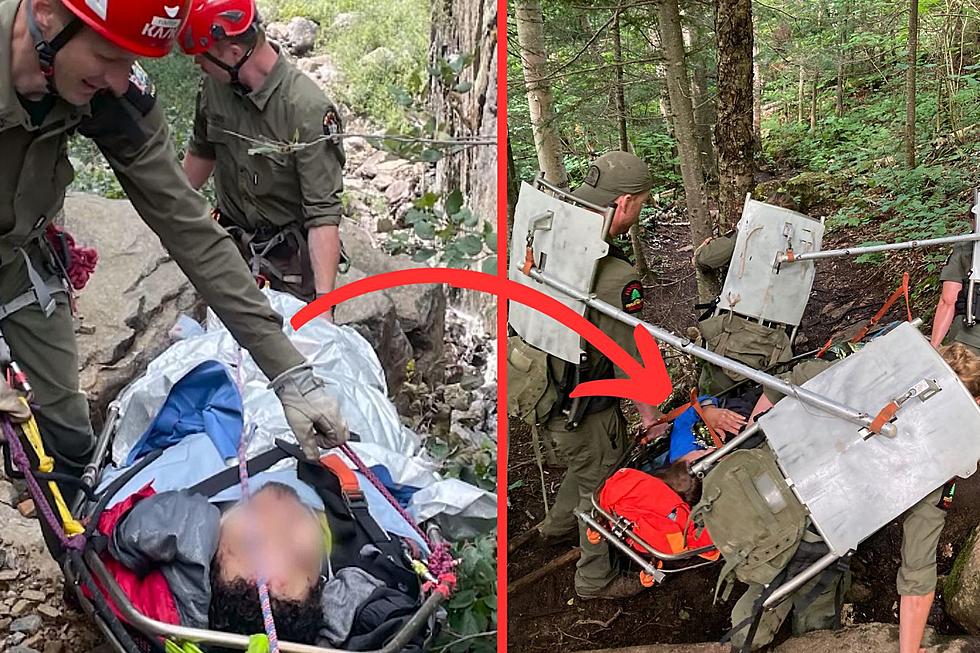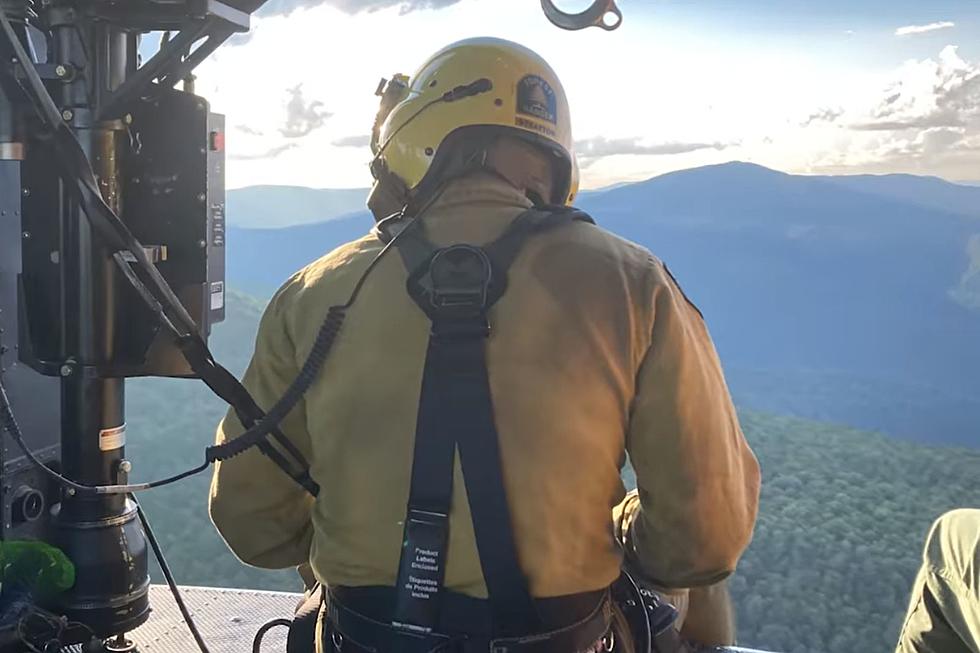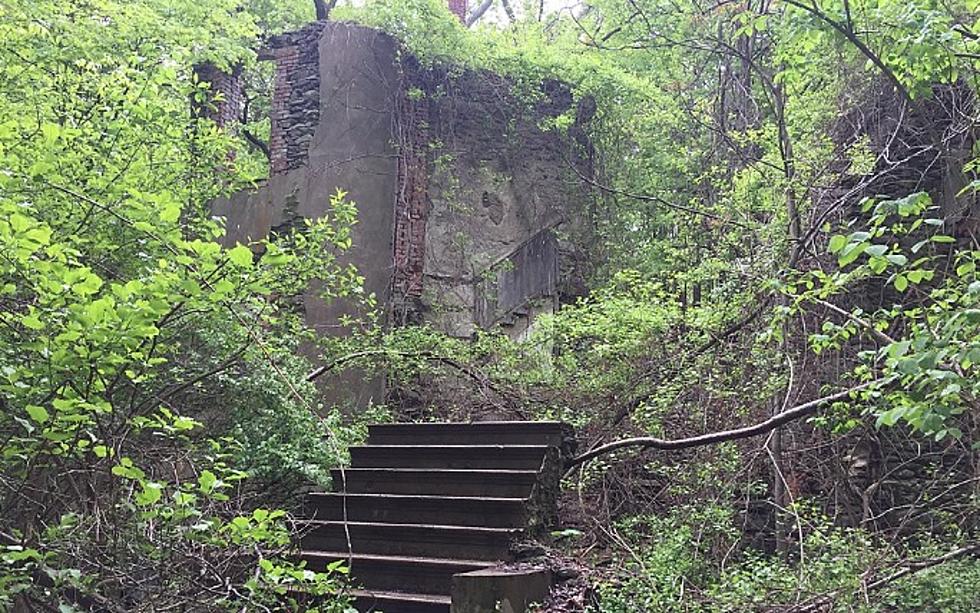
The Spectacular Way New York Rangers Rescue Injured Hikers
A day in the life of a New York State Forest Ranger is never ordinary. While their quoted mission is "to provide public safety and state land protection", the devil is in the details.
Rangers are simultaneously stewards of the land, law enforcement officers, and educators. They're also responsible for some of the most daring and difficult rescue missions across the Adirondack and Catskill mountains. But how do rangers extract an incapacitated hiker in the middle of the wilderness? Meet the "pain train".
New York State Forest Ranger Trail Rescues
With more winter weather approaching, trails in New York state have never been more dangerous. Icy conditions only amplify the often tricky conditions, meaning that many rangers are working overtime to come to the aid of injured hikers. When conditions prohibit a helicopter from air-lifting a fall victim, rangers often have to rely on a more old-fashioned technique.
How New York Forest Rangers Use the "Pain Train" to Rescue Hikers
"This is the backpack litter-carrier system [used to carry] injured people out of the woods... Rangers call this the Pain Train" (above), shared the Forest Ranger Foundation (FRF), a 501(c)(3) non-profit organization devoted to providing extra funding and equipment to New York Forest Rangers.
Drawbacks of the "Pain Train"
Using a litter is simultaneously genius and traditional. While carrying systems like the "pain train" have been used for millennia, updated technology like framed hiking backpacks and modern materials bring the procedure into the 21st century. It's not without its drawbacks, however. From the FRF:
[The litter] is usually wider than the trail. This puts the Rangers in the brush and trees on either side of the trail tread while hiking under load. The percentage of weight carried by each individual carrier shifts constantly and randomly with the movement of the system causing an inherent stumble factor. Nonetheless, an experienced crew of Rangers turn the "Pain Train" into a highly efficient way to carry people back to civilization
When conditions allow, forest rangers (and often the New York State Police Aviation Unit) employ helicopters to quickly airlift seriously injured hikers. Check out photos from two daring rescues in New York state below.
Daring Rescue: Injured Hudson Valley Hiked Rescued By Helicopter
11 People Including Rangers, Climbers and a Helicopter Needed to Rescue Hiker
Gallery Credit: Tad Pole
More From WRRV-WRRB









